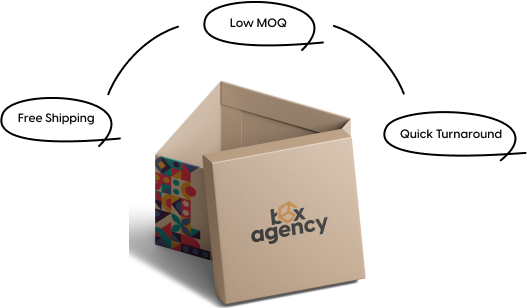Why Are Cardboard Boxes Expensive? Factors, Reasons, and Cost-Saving Tips
Cardboard boxes are a fundamental part of packaging used in industries for storing and shipping products. However, cardboard box costs have been rising consistently over the years. Many businesses and people are concerned about the price hike and are looking for ways to spare packaging costs. Understanding the factors that impact the cardboard price can help you make smarter choices when buying them for your items or commerce needs.
In general, the cost of cardboard boxes can be broken down into factors such as the material quality and the sizes or the amount requested. These elements affect the general costs and can change based on market conditions and how you can manage those costs more effectively.
Why Is the Cost of Cardboard Increasing?
Cardboard production relies heavily on wood pulp. The supply chain has been disrupted by environmental concerns and foresty regulation leading to reduced supplies of pulp. This has created a backup in the production process which pushing up cardboard prices by 6 to 12%.
In recent years the UK has seen substantial increases in vitality costs due to a combination of variables including geopolitical tensions the transition to renewable energy sources and inflation. These rising energy costs have been passed down the supply chain which results in higher prices for cardboard.
Key Factors Affecting the Cost of Cardboard Boxes
The cost of cardboard boxes is influenced by the durability of materials and the dimensions required as well as the level of customization needed for specific needs.
Material Quality and Thickness
Cardboard is accessible to different qualities and thicknesses which specifically impacts its cost. Higher-quality cardboard with better durability and quality tends to cost more. Thicker cardboard offers more assurance for the items inside which makes it more costly compared to thinner options. The type of material used can significantly impact the overall cost when choosing cardboard boxes.
Size and Dimensions
The size of a cardboard box also affects its cost. Larger boxes require more material and are therefore priced higher. Custom-sized boxes can include additional costs due to manufacturing complexities. Differentiate standard-sized boxes tend to be more reasonable because they are mass-produced. It is essential to consider the proper dimensions for your items to avoid unnecessary costs when selecting box sizes.
Quantity Ordered
Buying cardboard boxes in bulk can regularly lead to a lower unit cost. Vendors offer discounts for larger orders to help reduce the cost per box. On the other hand, requesting smaller quantities might result in higher costs due to the need for bulk discounts. It is important to assess your needs and arrange the right amount to adjust cost and storage space.
Shipping Distance
Shipping cardboard boxes from the manufacturer to your location can significantly impact the overall cost. The farther the distance the shipping costs will be higher. Additional variables like fuel costs and delivery speed can also increase shipping costs. If you are ordering cardboard boxes from distant suppliers consider sourcing locally to reduce transportation costs.
4 Reasons Why the Cost of Cardboard Boxes Is Rising
The cardboard box costs are rising that is driven by increased raw material prices and higher demand.
Shortage of Raw Material
Cardboard production depends on wood pulp which can sometimes be in short supply. When there is a shortage of raw materials, the price of the materials increases causing cardboard prices to rise. The shortage of timber can be caused by components such as environmental restrictions or natural disasters.
Increasing Demand
The request for cardboard boxes has increased over the years, particularly with the development of ecommerce and online shopping. With more businesses requiring packaging for shipping the competition for cardboard supplies has driven up costs. The manufacturers are forced to raise the cost to meet the higher demand.
Supply Chain Disruptions
Supply chain problems have affected the raw materials and product availability. Disruptions like delays in production transportation issues or indeed labor shortages contribute to the increasing cost of cardboard. These challenges make it troublesome for manufacturers to deliver and provide cardboard boxes on time.
Production And Manufacturing Cost
The cost of producing cardboard boxes includes expenses related to machinery labor and energy. With rising costs of power and wages, manufacturers are constrained to alter their pricing. The high costs for printing and custom design services contribute to the overall cost increase.
5 Effective Ways to Reduce the Cost of Cardboard Boxes
Reducing cardboard box costs applies to packaging sizes, purchasing in bulk, using recycled materials, and negotiating prices.
Specify Your Product Requirements
To avoid paying for unnecessary features consider indicating your product necessities. Understanding the precise size and quality required for your packaging can assist you select the right box without overspending. If your items do not require high-strength boxes you can opt for lighter and less expensive choices.
Innovative Yet Minimalistic Design
A simple yet efficient design can reduce the cost of cardboard boxes. Minimizing the amount of cardboard used for the box can significantly lower costs. Avoid abundance packaging by considering creative however minimalistic packaging designs that keep up product security while reducing material costs.
Calculate your Packaging Alternatives
It is worth comparing different types of packaging material to find a solution that works for both your budget and your items. Other materials like paper may be more cost-effective than cardboard. Take the time to assess all choices and select the best option based on your needs.
Reuse the Durable Packaging
If you are in a position to do so consider reusing strong cardboard boxes. Boxes that are still in great condition can be reused for shipping and capacity purposes. By recycling old boxes you can save money and reduce the environmental impact of purchasing unused boxes.
Use Standard Recycled Paperboard Sizes and Thicknesses
Standard sizes and thicknesses are ordinarily more reasonable than customized boxes. By choosing recycled paperboard with the standard dimensions you can save on the production cost. Furthermore selecting recycled materials helps reduce costs and minimize the environmental impact of packaging.
How Does Expensive Packaging Affect Small Businesses?
Costly packaging can have a significant impact on small businesses. For many small companies packaging represents a huge part of their costs. When the toll of cardboard boxes rises it becomes harder to keep products affordable for customers while maintaining profit margins.
Small businesses regularly struggle to find cost-effective packaging arrangements without compromising on item security or presentation. This can lead to challenges in managing cash flow or increasing prices which may impact customer satisfaction.
Is Kraft Cheaper Than Cardboard? Pros & Cons
Here is a simple comparison of Kraft and cardboard packaging to help determine which option is more cost-effective.
|
Factor |
Kraft |
Cardboard |
|
Cost |
Generally cheaper due to lower manufacturing costs alternative to cardboard boxes |
Can be more expensive, especially with thicker options |
|
Durability |
Lightweight and durable for light items |
Offers better protection for heavy items |
|
Environmental Impact |
Made from 100% recycled paper and biodegradable |
Recycled options are available but not as eco-friendly as Kraft |
|
Usability |
Ideal for simple packaging and mailers |
Suitable for shipping and protecting fragile items |
|
Pros |
Cost-effective, Lightweight, Recyclable, Better for lighter packaging |
Strong and rigid, Excellent for protecting fragile items, Sturdy for bulk shipping |
|
Cons |
Not as durable as cardboard, Less protective for fragile items, and Can tear easily under pressure. |
Heavier and bulkier, Higher cost |
Which Best Packaging Companies Offering Affordable Solutions?
A few companies offer reasonable and reliable packaging solutions. A few of the best choices include:
- Box Agency – Known for giving customizable solutions and amazing client benefits, Box Agency offers a variety of cost-effective packaging choices for all types of businesses.
- Uline – Uline offers a wide selection of cardboard boxes and packaging materials with competitive costs and bulk discounts.
- The Packaging Company – With a broad catalog and affordable prices, The Packaging Company gives a range of eco-friendly choices for packaging.
Each company has its interesting offerings and pricing so it is important to compare your particular needs sometime recently choosing the best fit for your business.




